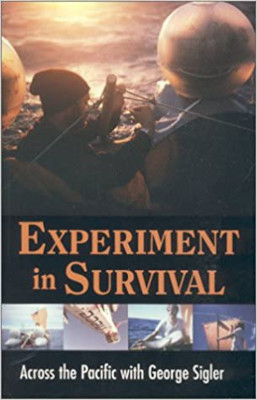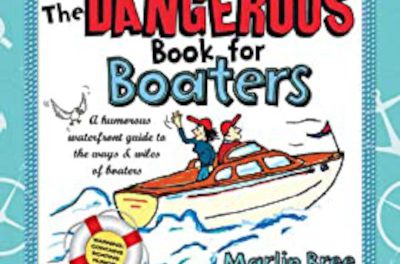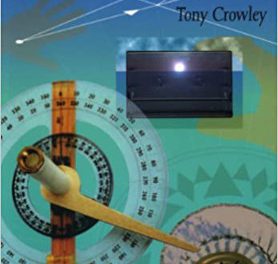
If George Sigler has just one regret it is that he didn’t publish his book, Experiment in Survival, sooner. The book details the Pacific crossing that he and a friend made in a Zodiac inflatable in 1974 to study survival conditions. The trip from Oakland, Calif., to the Hawaiian island of Oahu lasted from July 4 until August 28. The two men had solar distillation kits for producing water and hard candy for carbohydrates. Since they caught almost nothing to eat along the way and had negligible rainfall, they were forced to survive for 56 days with these supplies.
Why would two men go through an experiment of this sort on purpose? As a naval aviator and delivery pilot, George was familiar with survival kits and had been rescued at sea once after his plane was downed. He was extremely interested in the length of time an individual could last without basic necessities. His research led to the development of a survival kit, the SIG II, which is no longer on the market.
He also determined that life rafts that cannot be steered are missing the point. The craft must have the ability to travel in a given direction with a jury-rigged sail to propel it. EPIRBs and watermakers have improved since the early 1970s, but life rafts – in spite of becoming high-tech cocoons – have not. The inhabitants must rely on being heard or seen and rescued before they perish.
“I wrote this book because sailors still expose themselves to the dangers of crossing oceans in small boats,” George writes. “This book might give one person the knowledge that might one day save his life if he becomes a castaway.” Indeed it might. George focuses on supplies for a survival kit, what happens to the castaway physically and emotionally, and the boredom and discomfort of spending days at sea in wretched conditions with little strength or energy. Their raft, with a small tarp for a sail, covered 2,700 miles in 56 days, just over 48 nautical miles a day.
George includes a list of basic necessities for a survival kit and his rationale for departing from the traditional wisdom in cases where he chooses an alternate course (such as preferring to pack carbohydrates rather than protein). He also includes a simple and small navigational device which could help the castaway locate land.
This isn’t a book to read once you’re adrift in a life raft. It’s one to read in advance . . . one to take very seriously sometime soon.
Experiment in Survival: Across the Pacific with George Sigler by George Sigler (Vero Technical Support, 2001; 198 pages)




